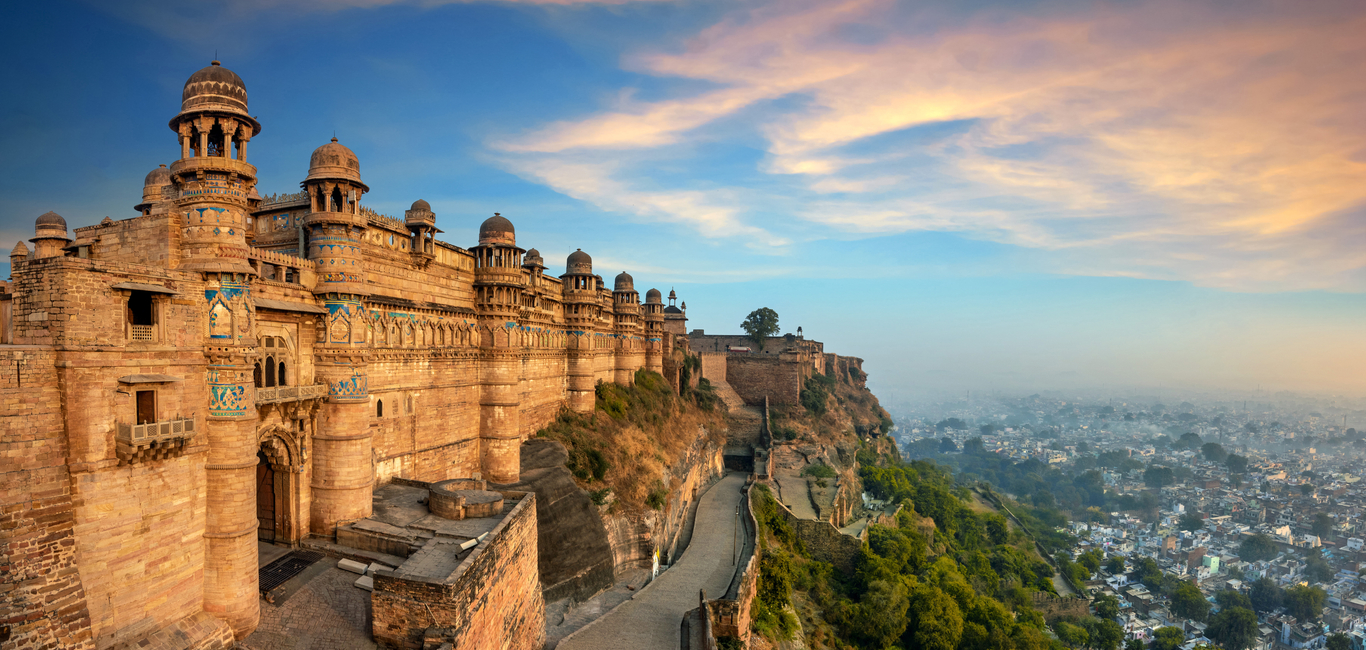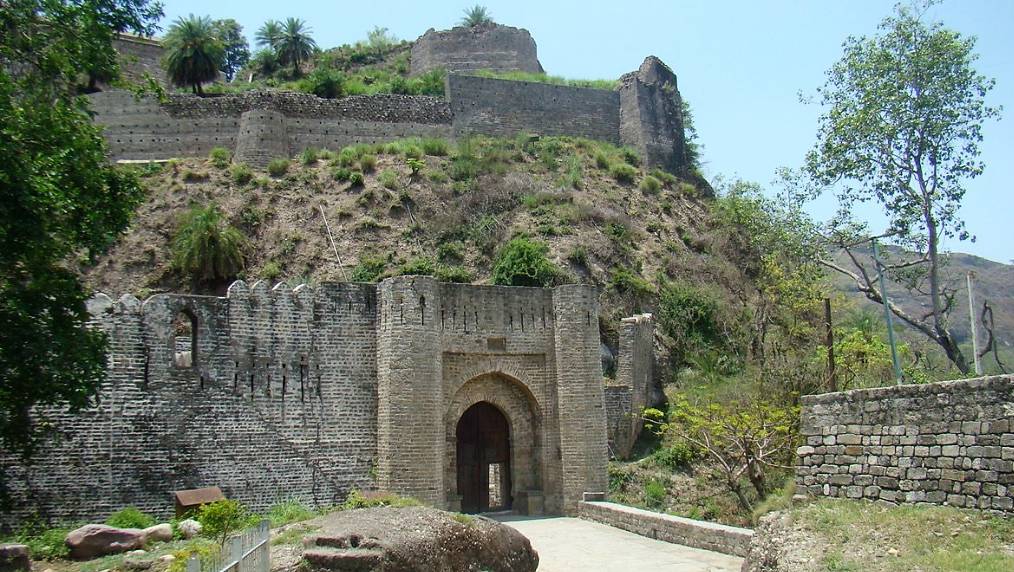The dense forests, hills, and mountains of Sikkim are home to various animal species from musk deer and red panda to bharal or blue sheep, the Himalayan black bear, and the exclusive snow leopard. Due to encroachments, and climate change, many of these are endangered and threatened. The lowland forests of Sikkim are home to Sikkim’s largest reptile, Burmese python, house geckos, the Himalayan crestless porcupine, the Chinese pangolin, and barking deer. Several species of birds can also be found here -the great pied hornbill locally called ‘hongraio,’ Chestnut-breasted partridge, the red junglefowl, and more.
Sub-tropicals regions are home to the red panda, red fox Vulpes, the golden jackal, leopards, Asiatic black bear, palm civets, flying squirrels, wild boars,japalura lizards, cobras, kraits, and mountain pit vipers. The gaur – one of India’s largest bovids – has been seen in Pangolaka Wildlife Sanctuary.
Besides being one of the first adventure destinations in the country, Sikkim is also an ideal birdwatching destination. It has more than 550 species of birds, some of which have been declared endangered. You will find a rich diversity of butterflies, too- about half the 1,400 butterfly species recorded in India are found here, including the magnificent but endangered Kaiser-i-Hind, the Yellow Gorgon, and the Bhutan Glory. You can spot them in the four sanctuaries in Sikkim and at the Khangchendzonga National Park.
Sikkim’s exceptional bio-diverse landscape supports over 22 restricted-range bird species, including atleast 19 species that are endemic to the region and bird species that are not found anywhere else in the world. Its unique position on the map means that, despite its small size, Sikkim, with over 550 species, has a bird list that is almost as diverse as that of Bhutan or Nepal. Due to the progressive conservation policies of the government that are supported by the highly benign Buddhist religious beliefs of locals, Sikkim has a very high percentage of land under official protection as protected areas (PA) or Important Bird Areas (IBA). The state provides legal protection to critical birds habitats through a network of 22 IBAs and almost an equal number of PAs.
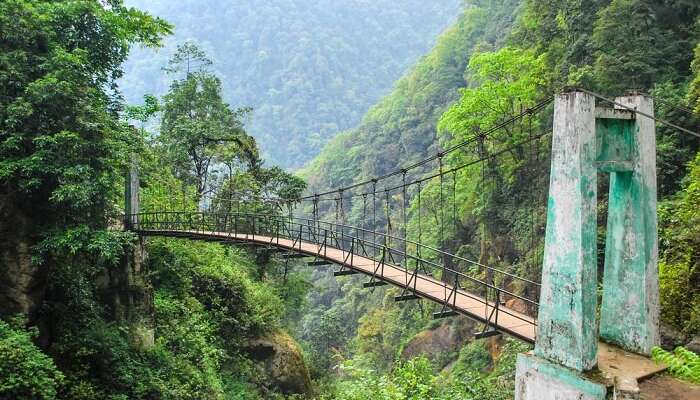
Khangchendzonga National Park
Khangchendzonga National Park encompasses an area covering 1784 sq km. It is bounded in the north by the Tent Peak and the ridge of the Zemu glacier. The eastern boundary of this park comprises the height of the Mountain Lamaongden. The southern border includes Mount Narsing and Mount Pandim. The western edge comprises the mighty Kanchendzonga, which presides over its namesake park and the Nepal Peak. Being bounded by such formidable features, it is no wonder that the park has remained ecologically untouched and has provided natural protection to the flora and fauna it shelters. The fauna includes the Snow leopard, Himalayan Black Bear, Red Panda, Barking deer, etc. The KNP is surrounded by a biosphere that combines nature conservation with scientific research, environmental training, environmental education monitoring, and demonstration. Many places in this park have perhaps never been trodden by man, and new species may likely be discovered here.
Best Time To Visit: In between March and May as well as September and mid-December. Any other month can also be chosen for a trip. It though welcomes the visitors throughout the year.
Timings: Morning 9 AM to 4 PM
Visit Khangchendzonga Waterfall, Pelling also.
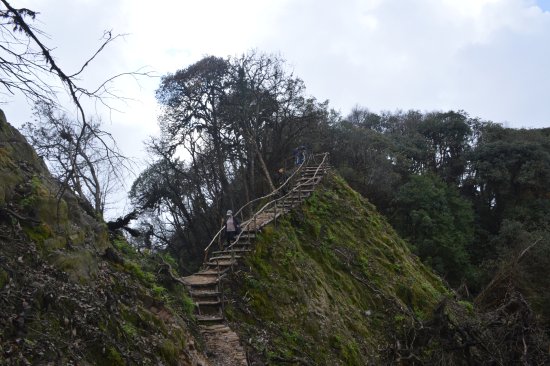
Fambong Lho Wildlife Sanctuary
Fambong Lho Sanctuary is located about 20 kilometers from Gangtok and covers about 5200 hectares above the road between Singtam and Dikchu, with the highest point at a place called a place Tinjure where a wooden observation tower of the Forest Department exists. The Sanctuary is the home of Himalayan Black Bear, Red Panda, Civet cat, and many birds and butterflies. Fambong Lho is ideal for birdwatching as it shelters birds species like the endangered Rufous-headed hornbill and laughing thrush. The Sanctuary is also rich in animals like red panda, barking deer, yellow-throated marten, Himalayan brown bear, and in flora with an abundance of rhododendron and orchids.
Best Time To Visit: April to July, when the Rhododendrons are in full bloom.
Timings: Morning 8 AM to 3 PM
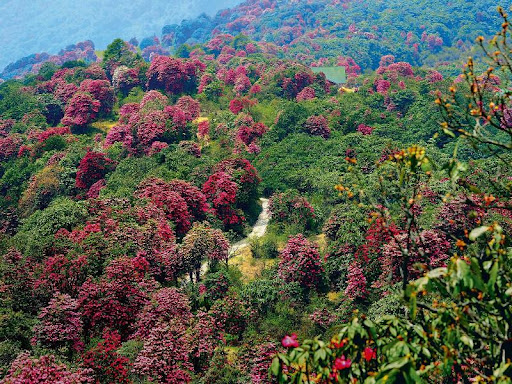
Varsey Rhododendron Wildlife Sanctuary
This Rhododendron Sanctuary lies in the West corner of Sikkim. Mountains scarred by landslides suggest that development activities are taking a toll on the environment, and flora and fauna are affected. The loss of topsoil, soil instability, degeneration of agricultural land, and shrinking of catchment areas of the rivers are cause for concern. The alpine regions of Sikkim in particular, which look so powerfully big and formidable, are ironically most vulnerable and sensitive to environmental degradation. High altitude soil is not readily regenerative, and therefore overgrazing of yaks and sheep in alpine meadows has led to many stretches of land becoming barren.
Man has realized that forests form an indispensable part of our life support system and placed their conservation high on the agenda. Perhaps in the thousands of species of flora in Sikkim, some of them unique to this state and not found elsewhere, are some which await to be discovered to provide life-saving drugs to fight diseases like cancer and AIDS that are stalking humanity. It is indeed sad that in the wildness is the preservation of the world.
Best Time To Visit: November to May. Snowfall and rain might dampen your trekking experience, and also, the Rhododendron Flowers won’t be a part of your experience during some months.
Timings: Morning 8 AM to 5 PM
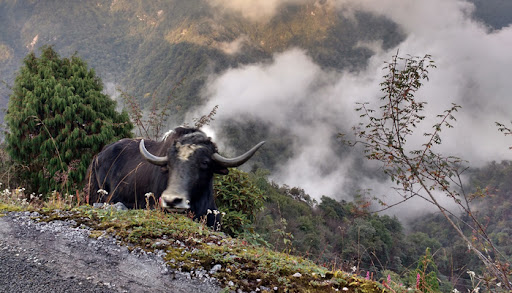
Kyongnosla Alpine Wildlife Sanctuary
Kyongnosla Alpine Sanctuary is a wildlife sanctuary in East Sikkim, India. It is situated around the area adjoining the Tsomgo (Changu) lake along the Nathula Road. Located about 31 km (19 mi) east of Gangtok, the capital of Sikkim. This Sanctuary covers an area of about 31 km2 (12 sq mi) and extends from the “15th Mile” police checkpoint up to and along the ridges bordering the Rong Chu Valley and Lake Tsomgo. Rich in both flora and fauna, rare, endangered ground orchids and rhododendrons interspersed among tall junipers and taller silver firs are among the essential plants present. Rhododendron niveum (the State Tree of Sikkim) and Cypripedium Tiberium (the ground slipper orchid), on the verge of extinction, have also been introduced here. Kyongnosla Alpine Sanctuary is part of the Sacred Himalayan Landscape.
Best Time To Visit: April – August, and October- November
Timings: Morning 8 AM to 6 PM
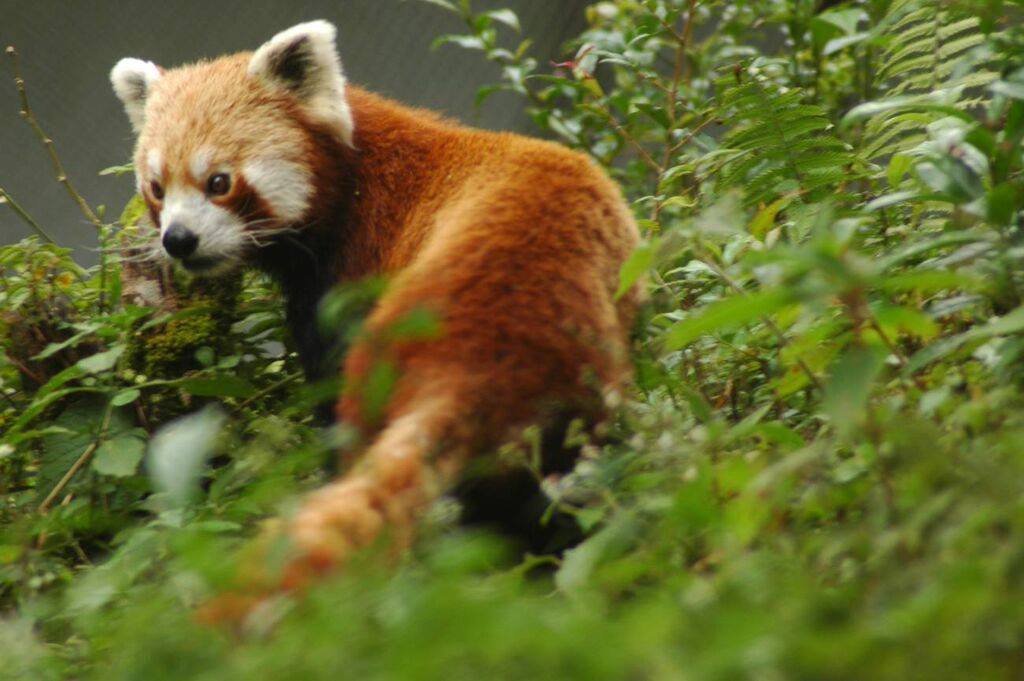
Maenam Sanctuary
Maenam Sanctuary is one of the most popular wildlife sanctuaries in Sikkim. Rich in varieties of medicinal plants, the Wildlife Sanctuary is a treat for nature lovers. A paradise for nature lovers, you may encounter its rich flora and fauna. Long after your visit, tourists might still find themselves wandering amid its forests and jungles encountered during a trip. The Maenam wildlife sanctuary in Sikkim would soon be home to India’s first-of-its-kind wildlife skywalk.
Here, you can find temperate forest species such as Red Panda, Serow, Goral, Barking Deer, Leopard-Cat, Marbled-Cat, Civet-Cats. And birds like Common Hill Partridge, Blood Pheasant, Magpies, Blue necked Pita, Sunbird, and Black Eagle. Apart from wildlife sightseeing, Maenam Sanctuary is also an excellent place for trekking. It provides a perfect destination for adventure fanatics as the trails will lead to Maenam Peak, further ascending to Bhaledunga. Besides, you can also get a stunning view of Mount Kanchenjunga and the Teesta River from the Maenam Wildlife Sanctuary.
Best Time To Visit: Morning hours are recommended.
Timings: Morning 6 AM to 5 PM
For more information about Sikkim Tourism, visit Sikkim Tourism Government Website.
Also, have a look at our various monthly issues.

